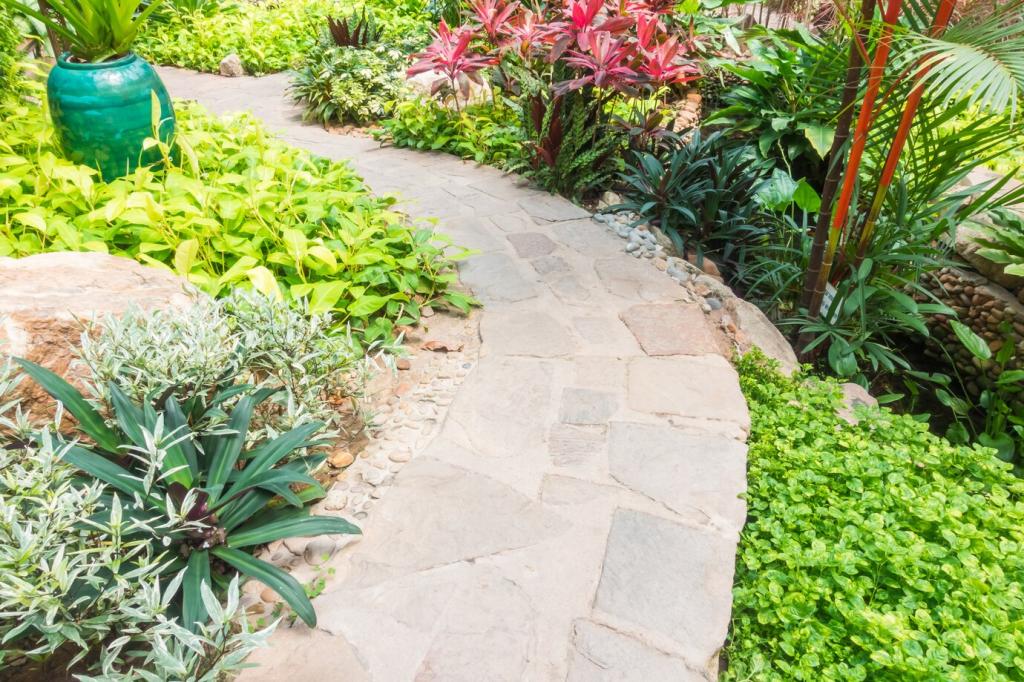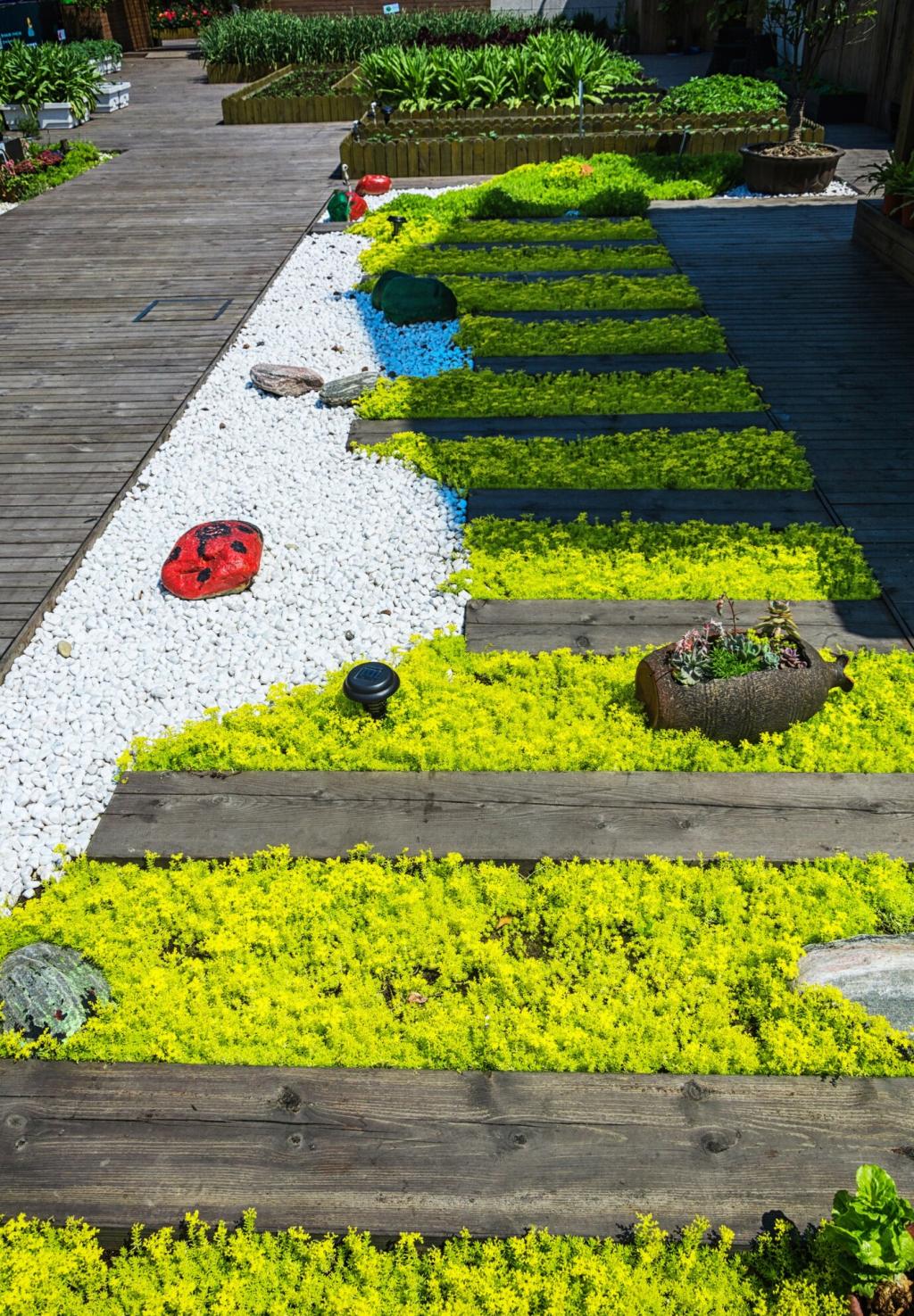Stitching Habitats: Corridors, Nodes, and Edges
Green alleys, planted medians, trellised facades, and hedgerows guide species across hostile surfaces. Add water saucers, rock piles, and logs to create waypoints. Share a map of your corridor network and invite neighbors to extend it block by block.
Stitching Habitats: Corridors, Nodes, and Edges
Edge zones can be biodiverse if gradients are gentle and richly structured. Blend sun and shade, wet and dry, tall and low to host varied species. Tell us how you tuned edge maintenance to keep structure without erasing complexity.








